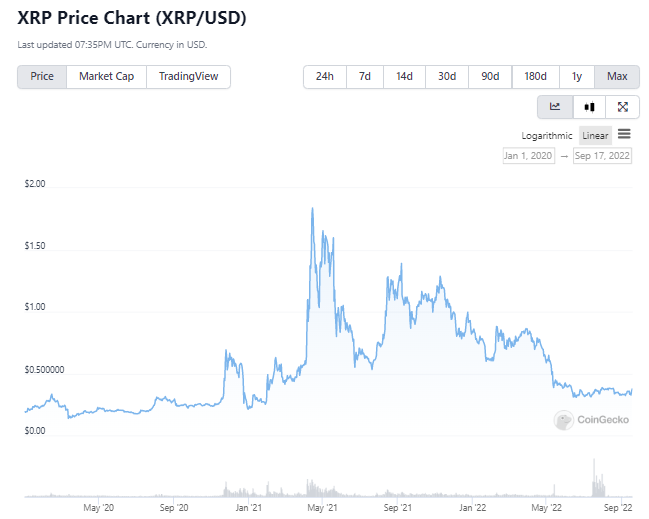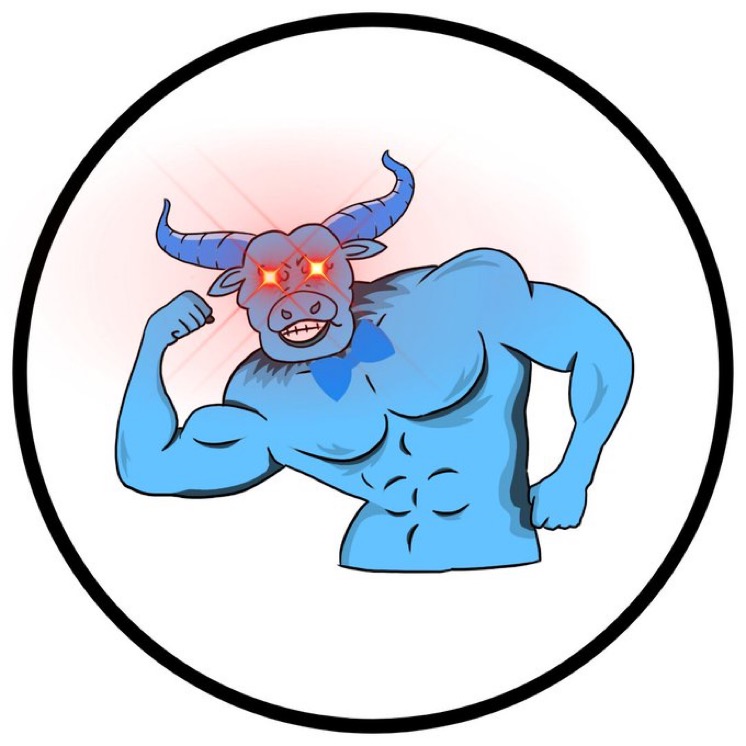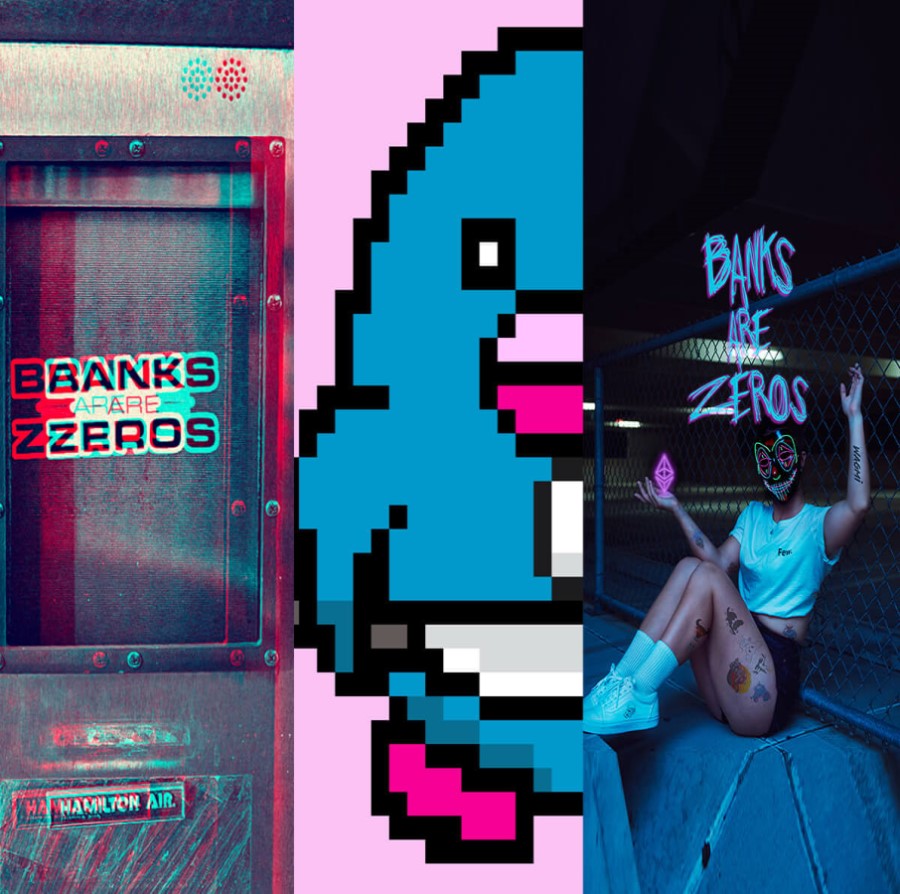The US Securities and Exchange Commission (SEC) sued Ripple Labs, its CEO Brad Garlinghouse and Chairman Chris Larson on December 2020. The suit alleged that Ripple Labs had raised over $1.3 billion by selling its token, $XRP, in unregistered securities transactions. Ripple Labs has claimed its sales of $XRP did not meet the requirements to be considered a securities offering. After much legal wrangling, both parties filed motions for a summary judgement, meaning the judge may be able to rule on the case soon without going to trial.
SEC Sues Ripple Labs
The SEC contends that Larsen & Garlinghouse had opted to not legally list their offer on over $1.3 billion of $XRP. By neglecting to do so, Ripple Labs denied potential buyers from having sufficient information about both the cryptocurrency, $XRP, and the underlying nature of the operations at Ripple Labs.
This case is important as it could set legal precedent that results in other crypto assets being classified as securities rather than digital currency in the US.
If Ripple Labs loses the suit, it would be subject to the higher reporting and registration rules that come with being a security.
What is Ripple & $XRP
Ripple Labs is currently based in San Francisco, California and was founded in 2012. Ripple was founded as a money transfer network and was designed to serve the financial services industry.

Ripple’s native token, $XRP, is one of the largest cryptocurrencies by market capitalization and has been a favorite of crypto venture capitalists funds.
You can think of Ripple as a payment settlement system and currency exchange network that has marketed itself as a future replacement of the SWIFT system. The Society for Worldwide Interbank Financial Telecommunication (SWIFT) allows banks to relay information about financial transactions between one another. Despite commonly being thought of as a clearing house, SWIFT doesn’t actually clear trades, it only sends messages to help facilitate transactions.
Ripple attempts to confirm exchanges executed properly and it charges a fee for any transactions on the network. The fee is paid for in the native token, $XRP.
$XRP’s blockchain is centralized and uses a consensus protocol. Any user can download the validation software and users can select which node they want to use to verify transactions. The user selects nodes based on a unique node list and tries to find the node they believe is least likely to defraud them.
The system has a default list of validators which drives the centralization of the protocol. If there is a mismatch found in the ledgers of validators, the network is stopped to figure out what went wrong.
Additionally, all of $XRP was ‘pre-mined’ and the 100 billion units are periodically released into the ecosystem.
The SEC suit came about because Ripple Labs has the full remaining supply of $XRP in escrow and has full discretion over when it releases the extra tokens. This is different than other blockchains like Bitcoin and Ethereum which has clearly defined mining rules built into the protocol and therefore are less likely to be seen as discretionary token sales.
How The Case is Going
The case has been fairly contentious so far as both Ripple Labs and the SEC have filed numerous motions about who and how much expert witnesses could be included. Additionally, the SEC has tried to keep the identities of its own expert witnesses a secret in order to avoid “inflaming” the situation or potential interference from $XRP holders who stand to lose substantial money if Ripple Labs loses the case.
With this weeks filed motions for summary judgement in the Southern District of New York, both Ripple Labs and the SEC are asking District Judge Analisa Torres to issue a ruling based solely on the arguments in the filed documents thus far. The documents were posted Friday, September 16th to a federal court database if you want to review.
What The Recent Motion For Summary Judgement Means
Ripple Labs has thus far maintained that $XRP sales did not meet the tenets of the ‘Howey Test’. The Howey Test is a Supreme Court case that set precedent for how to determine whether something is a security or not.
Since both parties in the suit have filed a motion for summary judgement, it appears likely that the case will be decided without going to a trial.
The motion for summary judgement means that the judge will rule whether Ripple Labs violated federal securities laws with its issuance of $XRP or if the lawsuit can be dismissed. However, the judge could still rule that the court needs more information to provide a ruling.
The SEC continues to argue that various statements made by Ripple Labs & its executives lead investors to believe that their holdings of $XRP would spike in value. Ripple Labs contends that, since there was no contract between itself and $XRP investors, there is no ‘common enterprise’ which is one of the requirements under the Howey Test.

Ripple’s price has been volatile but overall fairly aligned with the broader crypto market.
Summary: Ripple Labs vs SEC
Many prominent names in the crypto space have called Ripple as a VC-backed & centralized coin. However, many others have argued that by being a favorite of institutions, $XRP may have a spot in the future world.
The big concern is the SEC gaining the ability to hold protocols at fault for the impact to investors who purchase on third party exchanges. However, due to the nuance of Ripple owning all the ‘pre-mined’ coins and having discretion over when and how much to release, there is still a large difference between Ripple and other blockchains.
Secondly, Ripple Labs CEO has publicly stated that if they lose the case they will look to move the company outside of US jurisdiction to a more crypto friendly country. If other protocols see the continued aggressive stance of the US government against crypto, they may pre-emptively move out of the country.
In short, this suit may have long-term impacts on the overall US crypto space. Therefore, despite most knowledgeable crypto investors avoiding Ripple and it being largely a retail coin, the outcome of the case is still worth watching.










